Share This
Traditional cultures around the world have a lot to teach us about good health and well-being. Though “health through heritage” has been a guiding mission at Oldways for the past 34 years, the concept has been trending and there are a lot of eyes on the “Blue Zones,” places where the world’s longest-lived people call home.
These “Blue Zones,” which are spread between Asia, Europe, Latin America, and North America, may be far apart both geographically and culturally, but they share very important similarities that play a central role in longevity: lifestyle and diet.
The eating behaviors of communities within the Blue Zones have been largely untouched by western influences, and all follow the same basic principles, or “old ways” of eating— locally produced whole foods, plentiful vegetables and legumes, and highly plant-based diets. In turn, these regions hold the highest concentration of centenarians, or individuals living beyond the age of 100. Additionally, many remain physically active and disease-free into their 90s and beyond.
No matter where you live, Oldways’ traditional diet pyramids are the perfect way to bring these longevity eating patterns into your own community. While the cuisines of these regions might seem strikingly different from one another, the overall diet and lifestyles follow a similar pattern.
Here are five key factors that each of our heritage diet pyramids and “Blue Zone” areas have in common, ones that you can adopt as part of your daily life to help you live a longer, happier life:
1. Eat more plant-based foods
It’s a fact: Eating plants is very, very good for you and if you eat a lot of them, you can reap the rewards of scientifically proven benefits, which include improved health, lower disease risk, weight loss, and longevity. That is why each of our diet pyramids are centered around nourishing whole foods like fruits, vegetables, whole grains, pulses, nuts, seeds, herbs, spices, healthy plant oils, and other plant foods.
A plant-based diet can be an excellent source of all the necessary nutrients (protein, fats, carbohydrates, vitamins, minerals, and all nine essential amino acids) for optimal health, particularly when a wide variety of foods are eaten each day.
2. Eat less meat
Because animals were expensive and required a lot of land to graze, meat consumption in a traditional diet was mostly limited to holidays, religious rituals and special occasions.
As you can see in our heritage diet pyramids, meat is eaten sparingly. Meat, seafood, and traditionally produced dairy products (like yogurt and cheese) were often used as a garnish, while cooking fats, such as heart-healthy olive oil, were used to dress up vegetables and other nutritious ingredients.
Today, we are learning that this mostly plant-based diet, where meat is used as more of a garnish, has numerous health and environmental benefits. The ground-breaking EAT-Lancet report recommends limiting meat and poultry intake to less than 1 ½ ounces per day in order to optimize both planetary and human health.
3. Think about sweets differently!
Although we believe everything — including treats and desserts — can be enjoyed in moderation, there are a few simple tips that can help yield healthier and more nutrient-dense dishes.
Daily, whole fruit is a perfect dessert —healthy and delicious. But for those special days when more is called for, Oldways Vice President of Nutrition, Kelly LeBlanc’s advice is to keep some sugar, and also think about adding nutrition to the dessert. By this, she suggests adding fruit, nuts, whole grains, healthy fats, vegetables, or even beans to make a delicious dessert that also happens to be on the healthier side. Or, to go one step further, base desserts around the seasonal fruit you love.
4. Reduce Sodium
High-sodium diets can put people at risk for high blood pressure, heart disease, stroke, and other health problems. Current dietary guidelines say most adults should eat less than 2,300mg of sodium per day (that’s about 1 teaspoon of salt).
The good news is that there are plenty of ways to add flavor to a dish without relying heavily on salt. At Oldways, we encourage incorporating whole ingredients, spices and herbs into meals, so they are naturally flavor-packed. Not only is this beneficial for your health, but it allows you to experiment with your favorite ingredients to find what makes your taste buds happiest.
5. Enjoy meals with Family & Friends around the table
The table has always played a role here at Oldways: It has been a place for us to gather and solve food issues, learn about new cultures, and enjoy new cuisines from around the world. But when we think about the importance of coming together for meals with family or friends, to share traditions and good times, there is something more to it, an even deeper meaning— embracing the community aspect of traditional diets can help cultivate wider support for a healthy, happy life (rather than succumbing to mindless eating, microwave meal plans, or munching in front of the television).
This is why when reviewing all of the heritage diet pyramids you will see people pictured at the bottom sharing a meal. Sharing a meal together, or conviviality, is the foundation of bringing families and communities together; it has demonstrated positive benefits on both physical and mental health. Those who eat alone have a tendency to consume fewer fruits and vegetables and have a higher intake of fast foods than those who share a meal together. [1] Additionally, families who share meals together have a tendency to have lower rates of obesity. [2] Finally, shared meals also demonstrate lower reported symptoms of depression and anxiety in adolescents! [3]
Though these are just a few healthy habits and there are many other steps you can take to ensure a healthier, happier and longer life — like staying active, staying hydrated and avoiding smoking and high alcohol consumption — these five tips can help you emulate the Blue Zones lifestyle, no matter where you live!
For more resources and delicious recipe ideas inspired by traditional diets, check out OldwaysPT.org
References:
[1] Chae W, Ju YJ, Shin J, Jang SI, Park EC. Association between eating behaviour and diet quality: eating alone vs. eating with others. Nutr J. 2018;17(1):117.
[2] Utter J, Scragg R, Schaaf D, Mhurchu CN. Relationships between frequency of family meals, BMI and nutritional aspects of the home food environment among New Zealand adolescents. Int J Behav Nutr Phys Act. 2008;5:50.
[3] Agathao BT, Cunha DB, Sichieri R, Lopes CS. The role of family meal frequency in common mental disorders in children and adolescents over eight months of follow-up. PLoS One. 2021;16(2):e0243793.

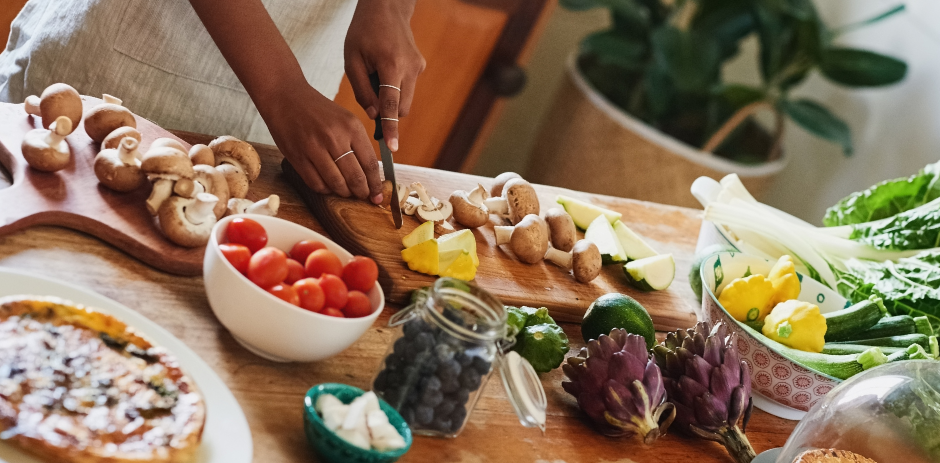
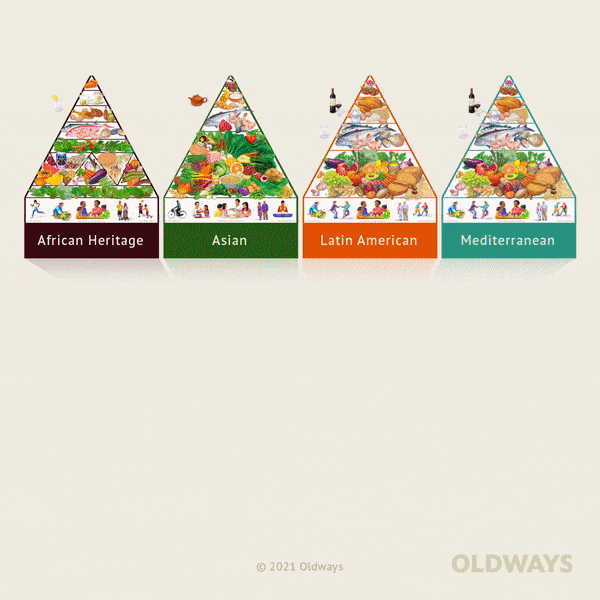
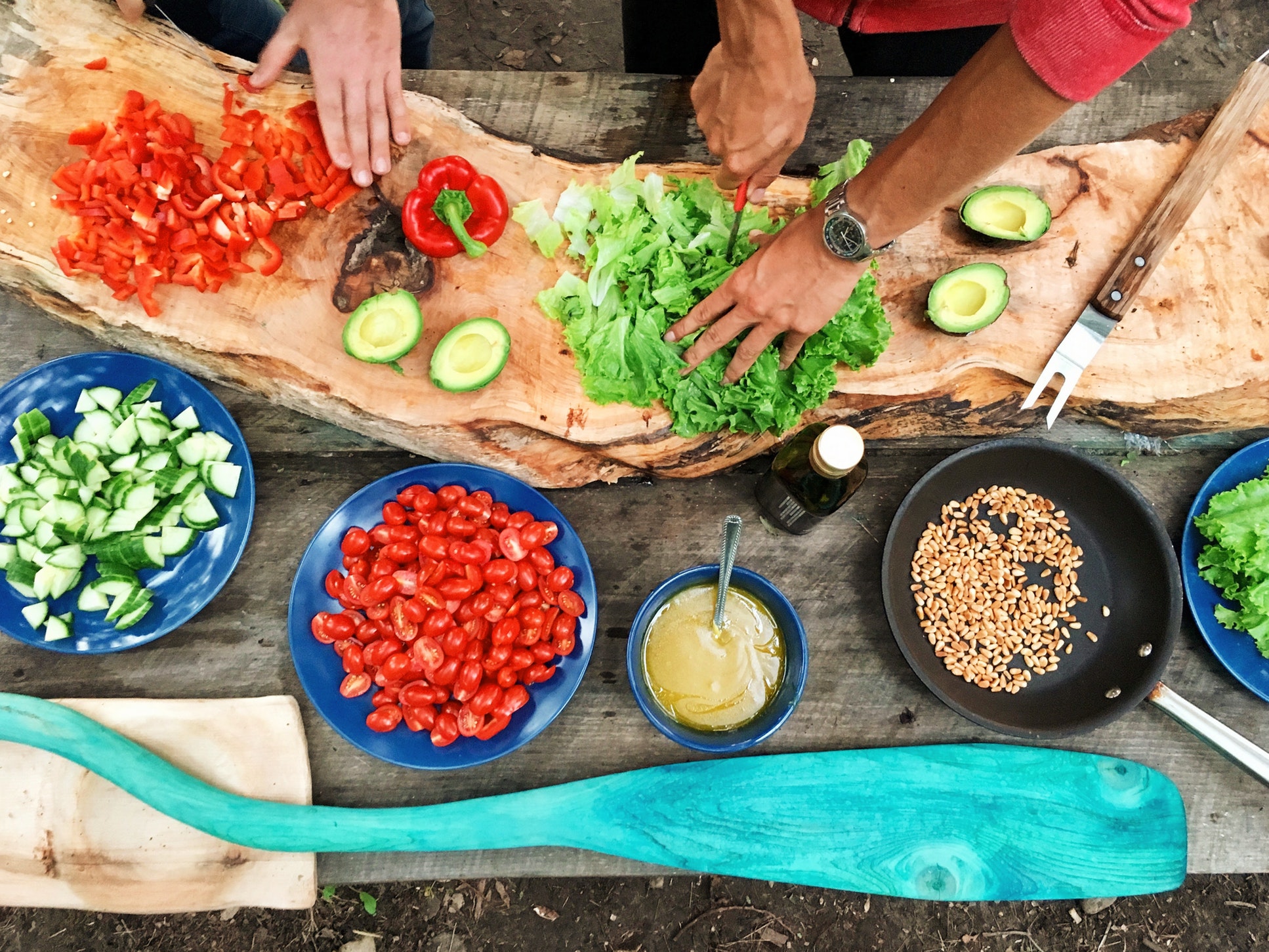

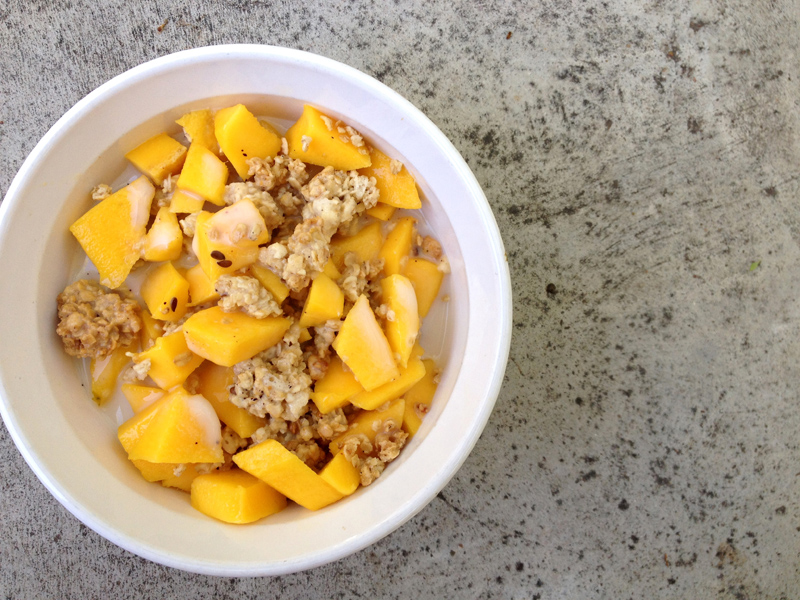
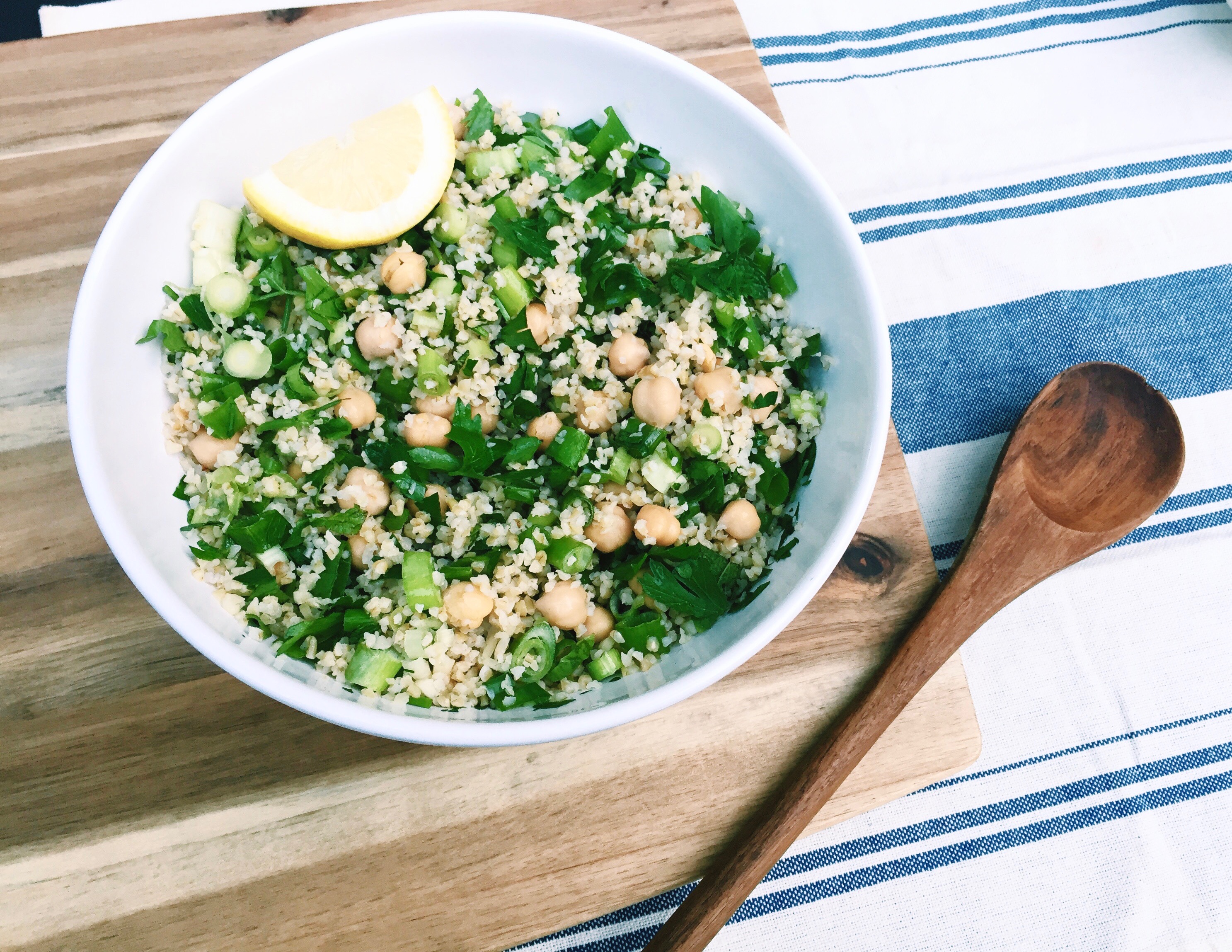
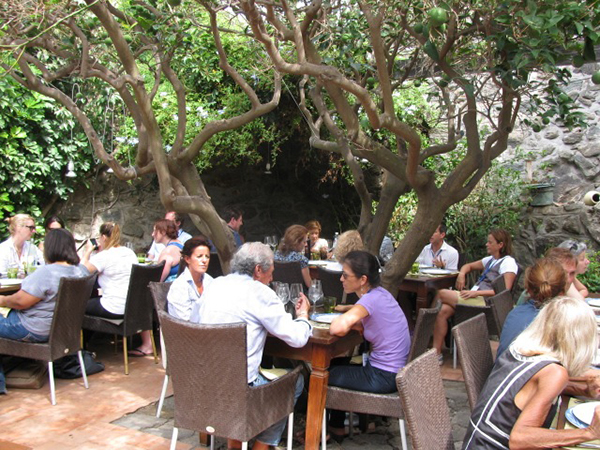
Comments
Add a Comment